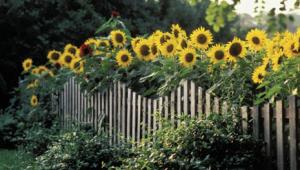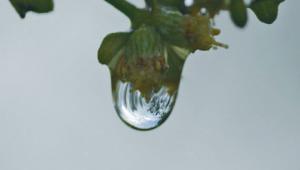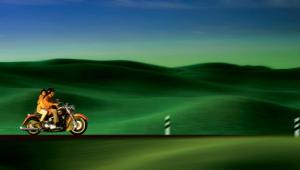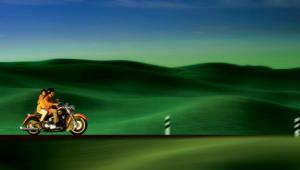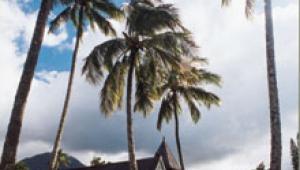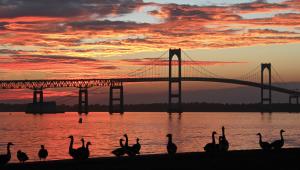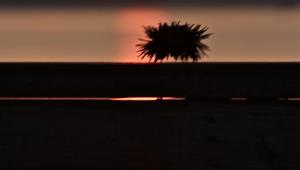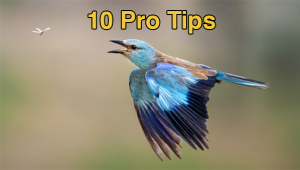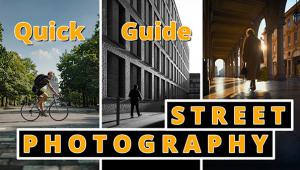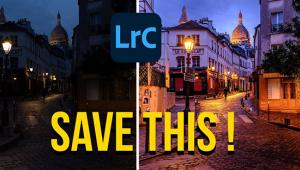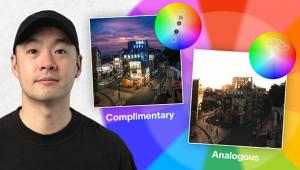Jason Lauré's Photographic Odyssey Page 2
 |
|
|
He eventually left San Francisco--again by train--and headed east to New York, where he planned to attend a photography course at the Germain School in April of 1968. When the train stopped in Las Vegas, everyone was talking about Martin Luther King's assassination in Memphis on April 4. "When the train pulled into Chicago a day and a half later, the looting and burning had begun," says Lauré. During a four-hour layover, he bought some black-and-white film at a drugstore and ordered a taxi driver to take him to the riots. Once there, Lauré's New York Times I.D. card got him past the National Guard to the rioting area. He found himself in places where there were no other photographers.
 |
|
|
In retrospect he says, "I must have been out of my mind," but
the fledgling photojournalist shot two rolls of film, and made it back to his
New York-bound train. Once in the city, he approached Pix, a photo agency to
which Lauré submitted his film. The next day, he returned to Pix to discover
stacks of prints that they had developed, and were ready to send to various
publications. Several of these appeared in U.S. News & World Report.
Then Lauré rented an apartment in New York, and took the photo course
for which he had signed up, "to better control my photography."
He continued to cover current events, including the Latin-American community
in New York, Governor Nelson Rockefeller's "Goodwill" tour
of Latin America, and even the Woodstock Festival in the summer of '69.
According to Lauré, no one expected this three-day festival "of
peace, love and music" to be as powerful an event as it was. He recalls,
"by the time the regular, straight photographers got to Woodstock, it
was closed to outsiders." It was said that a half-million people attended
this phenomenal event. "There was no way the most calculating person could
imagine how it could be," he marvels.
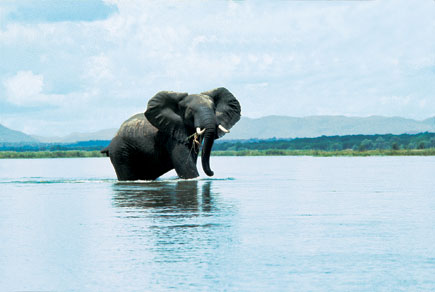 |
|
|
During the Christmas of 1971, inspired by music and the promise of a new nation, Lauré traveled to East Pakistan at the end of the India/Pakistan war. "I walked back from a refugee camp to the birth of Bangladesh." Ultimately, this turned into a four-month stay for Lauré, and as he describes it, "a major turning point in my life, my career, and my photography." His photos were published as an essay on women in the first issue of Ms. magazine, as well as a book by Lauré entitled Joi Bangla: The Children of Bangladesh. Although he was no longer on staff with The New York Times when he went to Bangladesh, the newspaper published more of his photos than those of any freelance photographer up to that time.
 |
 |
||
|
|
- Log in or register to post comments







